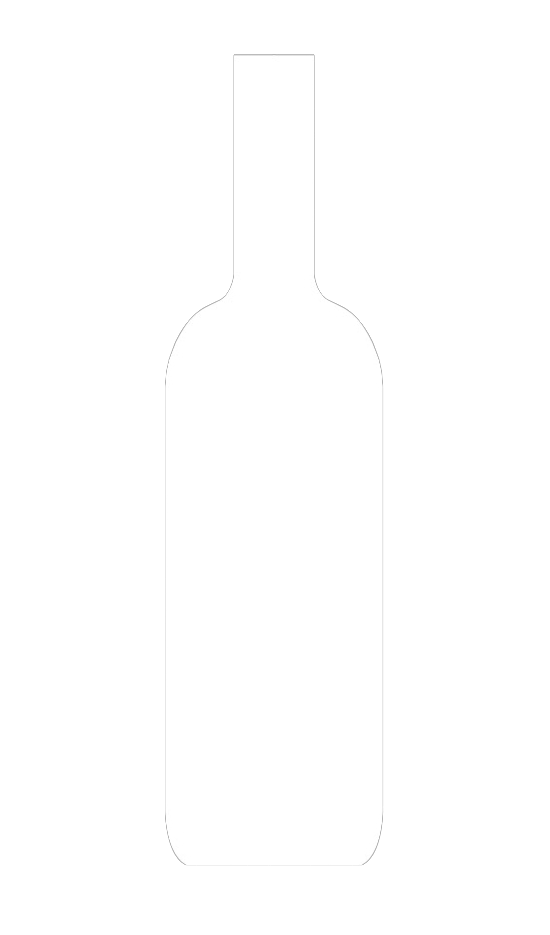Wine Wednesday - Mumm's the Word - #WW
Some people may check out the news page first thing in the morning, as for me, I go straight to my favorite wine blogs to soak up my daily wine industry news. One of my favorite educational blogs is Life Between the Vines. They feature podcasts of interviews with winery owners, wine makers, and “wine lovers of all kinds.” I love their philosophy as well. “We’re doing our part to make wine less scary.” While this may sound funny, it could not be more true. I very often encounter people being afraid to say what they think about a wine, in the fear that they may say the wrong thing. Us folks in the industry should always be approachable and willing to teach all the amazing details pertaining to wine, but when it really comes down to it, the most important thing about wine, is whether you like it.
You may remember my recent confession, link here, about being addicted to bubbles. So, of course, when I saw that Ludovic Dervin of Mumm Napa, one of my favorite sparkling wine producers, was being interviewed, I definitely wanted to tune in. It was a great podcast and it reminded me how often people can be confused by the difference between Champagne and Sparkling Wine. There is one simple answer, a sparkling wine should really only be referred to as Champagne if it is a sparkling wine produced from grapes grown in the Champagne region of France.
Champagnes are usually produced with Pinot Noir, Pinot Meunier, or Chardonnay grapes. Something that a lot of people may not know is that grapes for sparkling wines are picked much earlier than grapes for still wines. For sparkling wine you typically pick the grapes around 19-20 brix vs. 23-25 with other varietals. With sparkling wine, it is all about balance and picking early, to achieve the perfect acidity.
There are several methods for making a wine sparkling, and each method influences the final product. Injecting carbon dioxide (CO2) is the simplest of the methods. The second is the Charmat method, which is when the wine undergoes a secondary fermentation in tanks, then bottled under pressure, Prosecco and Asti are examples of where you see this method used. The next method is the traditional method or méthode champenoise. Where the effervescence is produced by secondary fermentation in the bottle. This is the method used for Champagne production, and also is more expensive than the aforementioned methods. The last method is the "transfer method". In this method the blend is put in bottles for secondary fermentation, then transferred out of individual bottles into a larger tank once it has had enough time on the yeast.
So now you know a little more about the amazing fizzy drink that is sparkling wine. In Ludovic Dervin’s interview he said “every dinner should start and end with a glass of bubbles.” Well, I could not agree more. While this is not always realistic, I try very hard to do my part. As I continue to journey through Wine & Design, definitely look to see many more posts pertaining to bubbles.
Cheers,




